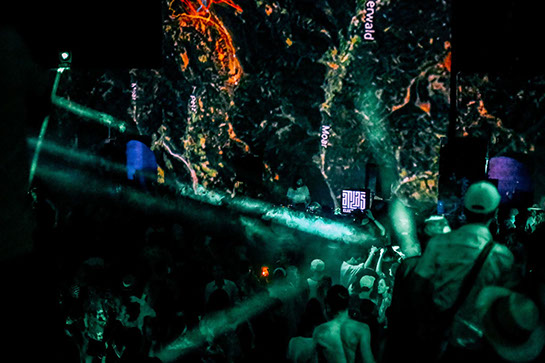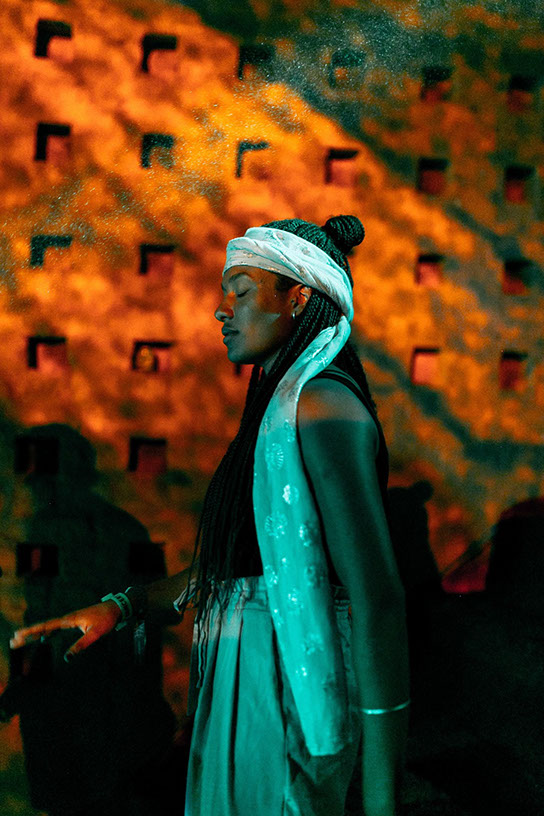Atlas Electronic (Marrakesh) is a young music, arts and culture festival that features a combination of international and local acts, presenting an eclectic mix of forward thinking electronic music, stunning art, live visuals and traditional local music, culture and food. Founded in 2016 by two Dutch – Moroccan entrepreneurs, it is the result of a long search and craving for more creative connectivity in an ever expanding, divided world.
As electronic music becomes more widespread, and the music festival industry is exploding, both producer and audience are presented with new opportunities and challenges. Dutch organisations have produced music festivals in the United States, United Kingdom, United Arab Emirates, Brazil, Japan, Israel, India, Argentina, Chilli, Mexico.. the list goes on. Amongst these travelling brands there is an increasing number of those that are conscious of their ecological footprint and act on this awareness. However, there are only few that show an interest in the cultural implications of their activities.
In exporting dance music and bringing together people from different backgrounds, are we curious and conscious of local cultural sensibilities?
In other words: are we guests or invaders? What does it mean to be genuinely interested in stimulating cultural diversity and how can we avoid contributing to cultural homogenization?
My involvement with the second edition of Atlas Electronic (August, 2017), consisted of working on four nights of live projections for the main stage –
a beautiful amphitheatre. In developing new custom content, I had gotten inspired by Atlas' mission, which is to build a bridge between Western and Arabic culture. This was an interesting challenge considering I'm not iterate in Arabic language or script and a lot of Morocco's art history consists of religious art (I was briefed to avoid religious connotations). I soon learned about the notion that Arabic culture and art has typically been under-represented or misrepresented in the western world. Typically there has been a focus on the display and discussion of relics and religious art rather than secular and contemporary Arabic art.
I worked on several images that brought together different aspects of these two cultures. My sets presented/ referenced:
- the democratisation of media production: how internet users compulsively look for information and inspiration in online collections of archived media content. I created several sequences that presented both Moroccan and Western architecture.
- the juxtaposition between what is natural and artificial – analogue distortion and digital manipulation of footage presenting natural life and local Moroccan scenery.
- cartographic images showing countries and cities that several performing artists and parts of the audience call home.
- more abstract images optimising the technical qualities of the space and projection surface.
Links:
Pater, R. (2016), The Politics of Design
Artists against evictions. (2017, April 8), Open Letter to the Viewers, Participants and Cultural Workers of Documenta 14

Photo: Delicia Celik

Photo: Laisa Maria